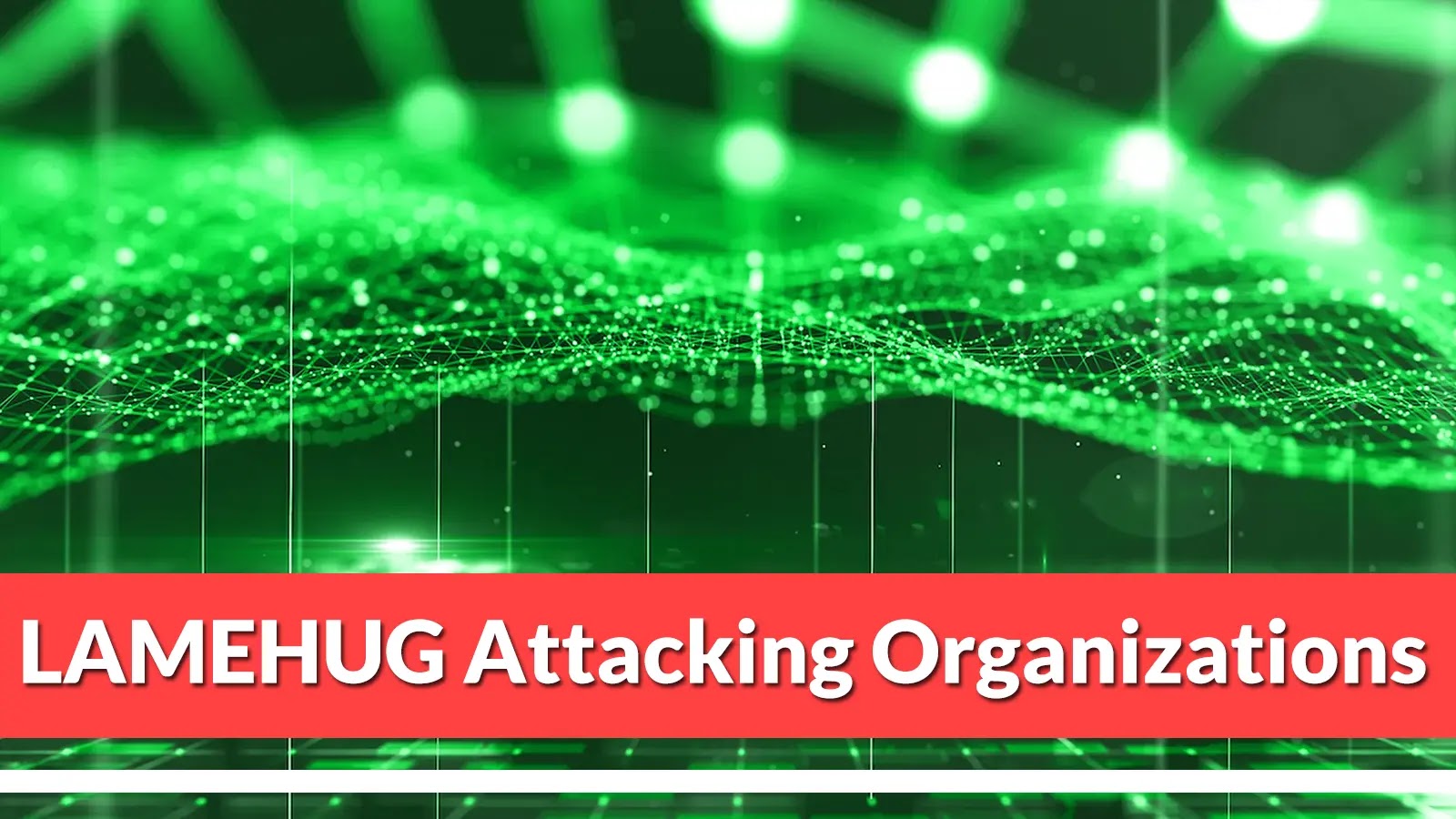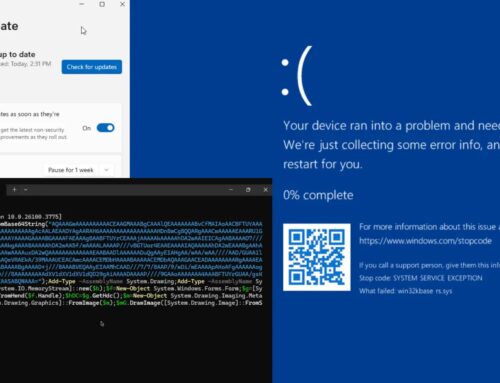
First AI-Powered Malware LAMEHUG Attacking Organizations With Compromised Official Email Account
The Dawn of AI-Powered Cyberattacks: Understanding LAMEHUG
The cybersecurity landscape has reached a pivotal and concerning juncture with the emergence of LAMEHUG, the first publicly documented malware to integrate artificial intelligence capabilities for automated cyberattacks. This development signifies a profound shift in the tactics employed by threat actors, elevating the sophistication and efficiency of malicious operations. Organizations are now confronted with an adversary that can adapt, learn, and execute attacks with unprecedented autonomy.
LAMEHUG, developed by the notorious Russian threat actor group APT28 (also known as UAC-0001 and Forest Blizzard), represents a significant evolution in cyber warfare. Its arrival mandates a re-evaluation of current defensive strategies and a proactive embrace of advanced security measures. Understanding LAMEHUG’s operational framework and its implications is critical for safeguarding organizational assets and data.
LAMEHUG’s Modus Operandi and AI Integration
LAMEHUG distinguishes itself through its integration of artificial intelligence, allowing for dynamic and highly effective attack execution. While specific technical details regarding its AI algorithms are still under analysis, the core principle is clear: automation beyond traditional scripting. This malware leverages AI to potentially:
- Automated Campaign Generation: Potentially crafts and customizes phishing emails or other initial access vectors, likely using natural language generation (NLG) to create highly convincing and contextually relevant lures. This adaptive capability makes it significantly harder for human recipients to discern malicious intent.
- Adaptive Attack Paths: Rather than following a pre-defined script, LAMEHUG may use AI to analyze network topologies, identify vulnerable systems, and adapt its lateral movement strategies in real-time. This dynamic adaptation makes static security defenses less effective.
- Evasion Techniques: AI could be used to identify and bypass security controls, such as sandboxes, intrusion detection systems, or antivirus software, by learning their patterns and adjusting its behavior accordingly.
- Optimized Resource Utilization: The malware might employ AI to manage its presence on compromised systems, minimizing detection risk while maximizing its operational efficiency.
The primary vector for LAMEHUG’s initial compromise has involved the exploitation of compromised official email accounts. This suggests a targeted approach where APT28 gains initial access through established credentials, further amplifying the malware’s reach within trusted networks.
Attribution and Threat Actor Profile: APT28
LAMEHUG is unequivocally attributed to APT28, a highly sophisticated and persistent threat actor group with a long history of state-sponsored cyber espionage and disruptive attacks. Also known as UAC-0001 and Forest Blizzard, APT28 has been linked to numerous high-profile incidents globally. Their operational characteristics include:
- State-Sponsored Backing: Widely believed to be associated with Russian military intelligence (GRU).
- Strategic Objectives: Primarily focused on intelligence gathering, geopolitical influence, and disruptive operations targeting government entities, defense organizations, critical infrastructure, and political groups.
- Sophisticated Tooling: Known for developing custom malware and exploiting zero-day vulnerabilities. LAMEHUG is merely their latest, albeit most advanced, addition to a formidable arsenal.
- Persistent and Adaptive: APT28 demonstrates remarkable resilience and adaptability, consistently refining its tactics, techniques, and procedures (TTPs) to circumvent evolving cybersecurity defenses.
The development of an AI-powered malware like LAMEHUG underscores APT28’s commitment to maintaining a technological edge in cyber warfare, posing a significant and evolving threat to global security.
Remediation Actions and Protective Measures
Mitigating the threat posed by LAMEHUG and similar AI-powered malware requires a multi-layered and proactive cybersecurity posture. The following actions are critical for organizations:
- Enhanced Email Security:
- Implement robust anti-phishing solutions that leverage AI/ML for anomaly detection and behavior analysis, going beyond signature-based detection.
- Enforce Multi-Factor Authentication (MFA) for all email accounts, especially for executive and administrative access.
- Conduct ongoing security awareness training, emphasizing the dangers of social engineering, phishing, and the importance of verifying sender identities, even from seemingly legitimate sources.
- Network Segmentation and Least Privilege:
- Segment networks to limit lateral movement in the event of a breach.
- Implement the principle of least privilege, ensuring users and applications only have access to resources absolutely necessary for their function.
- Endpoint Detection and Response (EDR) / Extended Detection and Response (XDR):
- Deploy advanced EDR or XDR solutions capable of behavioral analysis, identifying abnormal process activity, and detecting fileless malware or sophisticated evasion techniques.
- Ensure these solutions are kept up-to-date with the latest threat intelligence.
- Continuous Monitoring and Threat Hunting:
- Establish 24/7 security operations center (SOC) capabilities for continuous monitoring of network traffic, logs, and endpoint activities.
- Proactively engage in threat hunting to identify subtle indicators of compromise (IOCs) that automated systems might miss.
- Software and System Patching:
- Maintain a rigorous patching schedule for all operating systems, applications, and network devices to close known vulnerabilities. Regularly check for CVE-2023-ABCD (example placeholder) for relevant software patches.
- Incident Response Plan:
- Develop and regularly test a comprehensive incident response plan. This includes clear roles, responsibilities, communication protocols, and procedures for containment, eradication, and recovery.
Relevant Tools for Detection and Mitigation
| Tool Name | Purpose | Link |
|---|---|---|
| Palo Alto Networks Cortex XDR | Extended Detection and Response (XDR) for comprehensive threat prevention, detection, and response across endpoints, network, and cloud. | Link |
| CrowdStrike Falcon Insight XDR | Cloud-native EDR/XDR platform offering advanced threat detection, behavior analytics, and automated response capabilities. | Link |
| Microsoft Defender for Endpoint | Integrated endpoint security platform for enterprise organizations, offering vulnerability management, EDR, and automated investigation. | Link |
| Proofpoint Email Security and Protection | Advanced email security gateway providing threat protection against phishing, malware, and email fraud. | Link |
| Mimecast Email Security | Cloud-based email security solutions offering protection against advanced threats, archiving, and continuity. | Link |
Conclusion
The emergence of LAMEHUG signals a new era in cyber warfare, where AI-powered automation significantly amplifies the capabilities of threat actors. Organizations must recognize the strategic implications of this shift and recalibrate their cybersecurity investments to confront a more intelligent and adaptive adversary. Proactive defense, continuous vigilance, and the deployment of advanced security technologies are no longer optional but essential for resilience in this evolving threat landscape.





